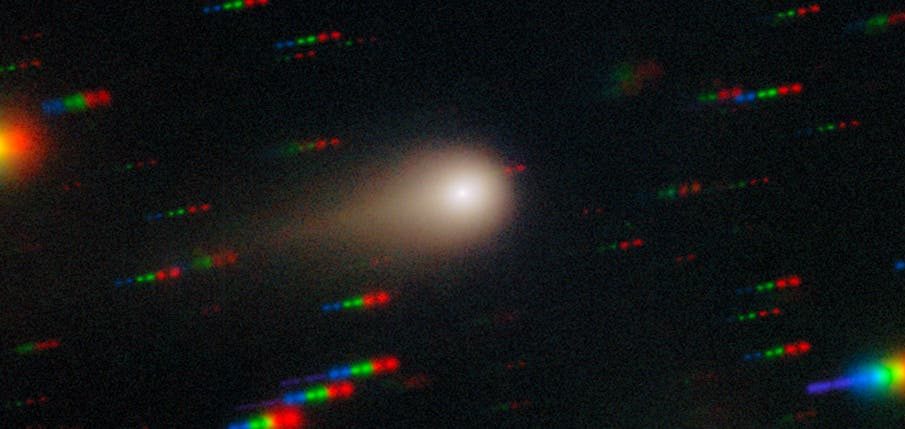Interstellar Comet 3I/ATLAS: A Remarkable Visitor Reveals Secrets of Distant Star Systems

Discovery and Significance
The astronomical community was stirred with excitement when the Asteroid Terrestrial-impact Last Alert System (ATLAS) first detected a mysterious object on July 1, 2025. This object would soon be confirmed as our solar system’s newest interstellar visitor.
This marks only the third interstellar object ever detected in human history, and it’s already distinguishing itself as the largest and fastest-moving interstellar visitor yet observed, displaying unique features including a large, bright coma but no visible tail.
Scientific Observations and Characteristics
Current observations indicate that the object’s size could range significantly – with an upper limit on its diameter of 3.5 miles (5.6 kilometers), though it could be as small as 1,444 feet (440 meters) across.
What makes this object particularly intriguing is that its dust and ice composition appears similar to comets native to our solar system, suggesting shared processes in the formation of planetary systems around other stars.
Multi-Telescope Observation Campaign
An unprecedented observation campaign is currently underway, with four of humanity’s most powerful telescopes – NASA’s Hubble, SPHEREx, Transiting Exoplanet Survey Satellite (TESS), and James Webb Space Telescope – all focused on studying 3I/ATLAS.
Future Trajectory and Opportunities
Scientists will have several months to study this fascinating object as it traverses our solar system. The comet is currently positioned just inside Jupiter’s orbit, and by late October 2025, it will make its closest approach to our sun, passing just inside Mars’ orbit.
In an exciting development, on October 3, 2025, 3I/ATLAS will pass within 29 million kilometers of Mars, where the HiRISE camera aboard the Mars Reconnaissance Orbiter will be able to capture detailed images of the object.
Scientific Impact
While 3I/ATLAS poses no threat to Earth, it provides scientists with a rare and valuable opportunity to study these interstellar interlopers. The object originated in another star system and was somehow ejected into interstellar space, where it has been drifting for millions or even billions of years before reaching our solar system.









